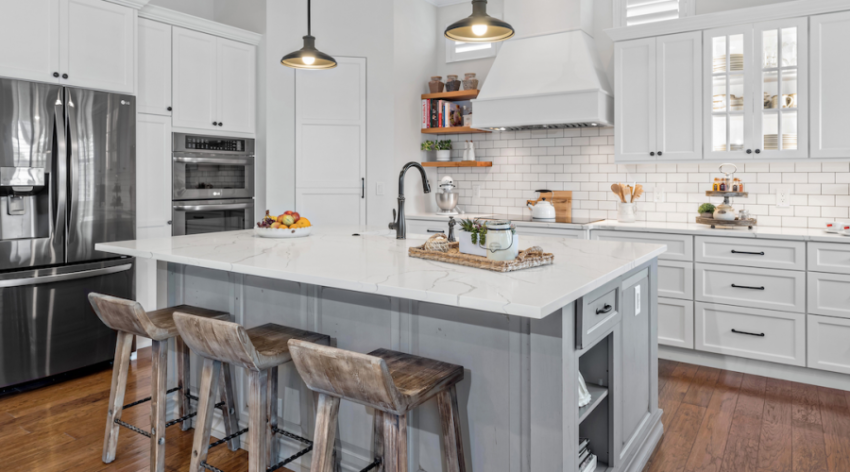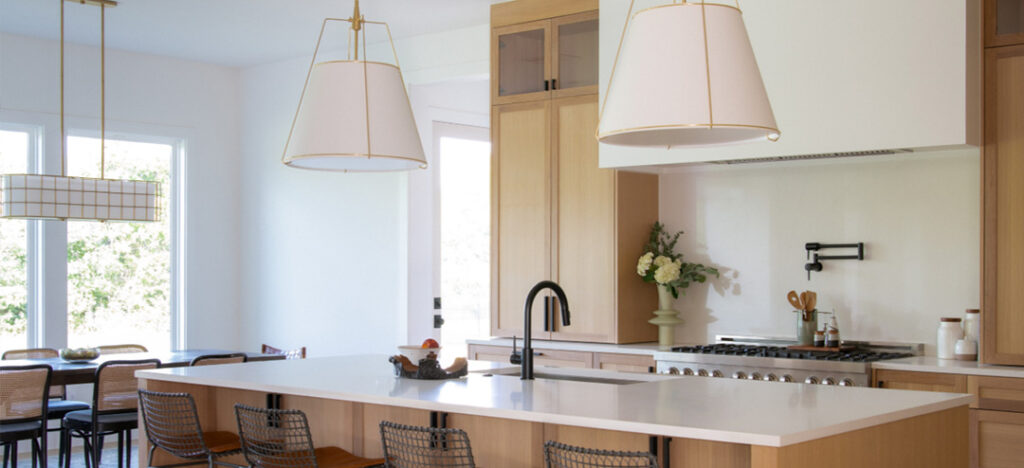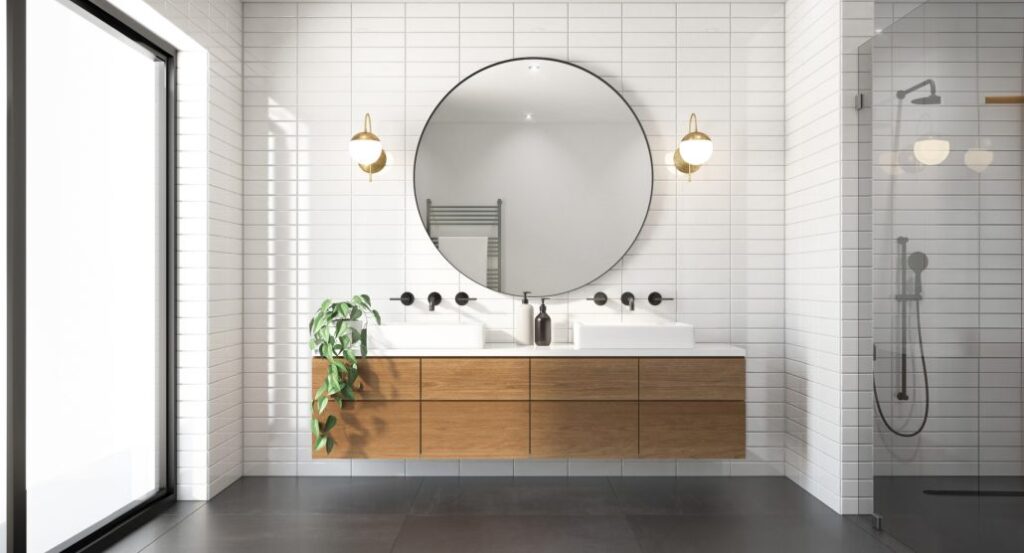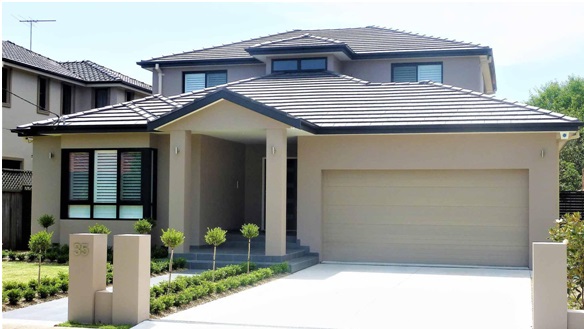A kitchen remodel is a significant undertaking that can transform the heart of your home. Whether you’re updating outdated features, improving functionality, or simply making the space more enjoyable, a successful kitchen remodel requires careful planning and execution. This article will guide you through the ten essential steps to ensure your kitchen remodel is a triumph.
Assess Your Needs and Goals
Identifying Your Kitchen’s Shortcomings
Before diving into a remodel, take a critical look at your current kitchen. What are its biggest flaws? Is there enough counter space? Are the appliances outdated? Identifying these issues will help you understand what needs to change.
Setting Clear Goals
Once you know what’s wrong, decide what you want to achieve. Are you aiming for a modern, sleek look or a cozy, traditional kitchen? Setting clear, realistic goals will keep your project on track and focused.
Establish a Budget
Determining Your Financial Limits
Your budget is one of the most critical aspects of your remodel. Determine how much you’re willing to spend and stick to it. Consider setting aside an additional 10-20% for unexpected expenses.
Allocating Funds for Different Aspects
Break down your budget into categories like appliances, cabinets, labor, and materials. This will help you see where your money is going and make necessary adjustments.
Design Your Dream Kitchen
Choosing a Layout
The layout is the backbone of your kitchen’s design. Whether you choose an L-shape, U-shape, or open concept, ensure it meets your needs and maximizes space.
Selecting a Style
Your kitchen’s style should reflect your personal taste and complement the rest of your home.
Modern vs. Traditional
Modern kitchens often feature sleek lines, minimalist designs, and state-of-the-art appliances. Traditional kitchens, on the other hand, boast classic elements, warm colors, and intricate details. Decide which suits your lifestyle and preferences.
Hire Professionals
Finding the Right Contractor
A skilled contractor can make or break your remodel. Do thorough research, read reviews, and get quotes from multiple professionals to find the right fit for your project.
Working with a Designer
A kitchen designer can help bring your vision to life, ensuring that all elements work together harmoniously. Their expertise can save you time and money in the long run.
Plan for Functionality
Efficient Workflow
Consider the kitchen work triangle – the ideal distance between your stove, sink, and refrigerator. A well-planned workflow makes cooking and cleaning much easier.
Maximizing Storage
Ample storage is essential in a kitchen. Utilize cabinets, drawers, and pantry space effectively to keep your kitchen organized and clutter-free.
Choose Quality Materials
Cabinets and Countertops
Invest in durable cabinets and countertops that can withstand daily use. Materials like granite, quartz, and solid wood are both functional and aesthetically pleasing.
Flooring and Backsplash
Choose flooring that’s easy to clean and durable, such as tile or hardwood. A stylish backsplash can protect your walls and add a pop of color to your kitchen.
Appliances
Select energy-efficient appliances that match your kitchen’s style and meet your cooking needs. High-quality appliances can make a significant difference in your kitchen’s functionality.
Focus on Lighting
Natural Lighting
Maximize natural light with large windows or skylights. Natural light makes your kitchen feel larger and more inviting.
Artificial Lighting Options
Incorporate a mix of task, ambient, and accent lighting. Under-cabinet lights, pendant lights, and recessed lighting can enhance both functionality and aesthetics.
Incorporate Smart Technology
Smart Appliances
Consider investing in smart appliances that offer convenience and efficiency. Features like Wi-Fi connectivity and touchscreens can simplify your kitchen tasks.
Home Automation Systems
Integrate home automation systems to control lighting, temperature, and security from your smartphone or voice-activated assistant. This can make your kitchen more efficient and enjoyable.
Prepare for the Remodel
Temporary Kitchen Setup
Set up a temporary kitchen to use during the remodel. A microwave, mini-fridge, and portable cooktop can help you manage meals while your kitchen is out of commission.
Protecting Other Areas of the Home
Cover floors and furniture in nearby areas to protect them from dust and debris. This will make cleanup easier and keep your home livable during the remodel.
Execute the Plan
Staying on Schedule
Work closely with your contractor to ensure the project stays on schedule. Regular check-ins can help address any issues that arise and keep the remodel on track.
Handling Unexpected Issues
Be prepared for surprises. Delays and unexpected problems are common in remodels. Stay flexible and work with your team to find solutions.
Inspect the Work
Quality Checks
Once the remodel is complete, thoroughly inspect the work. Check for any defects or unfinished areas that need attention.
Addressing Problems
If you find any issues, address them with your contractor immediately. It’s essential to resolve these problems before finalizing the project.
Add Personal Touches
Decorative Elements
Personalize your kitchen with decorative elements like artwork, plants, and unique fixtures. These touches can make your kitchen feel more like home.
Custom Features
Consider adding custom features like a built-in wine rack, a pot filler faucet, or a unique backsplash. These elements can set your kitchen apart and enhance its functionality.
Clean Up and Enjoy
Post-Remodel Cleaning
After the remodel, give your kitchen a thorough cleaning to remove dust and debris. A clean kitchen will allow you to fully appreciate the transformation.
Enjoying Your New Kitchen
Finally, enjoy your new kitchen! Host a dinner party, try out new recipes, and relish the improved space that you’ve created.
Conclusion
A successful kitchen remodel is a blend of careful planning, quality materials, and professional execution. By following these ten essential steps, you can create a kitchen that is not only beautiful but also functional and enjoyable. Happy remodeling!
FAQs
What is the average cost of a kitchen remodel?
The average cost of a kitchen remodel can vary widely, but it typically ranges from $20,000 to $50,000. Factors like the size of the kitchen, the quality of materials, and the extent of the renovation all influence the final cost.
How long does a kitchen remodel typically take?
A kitchen remodel usually takes between 6 to 12 weeks, depending on the complexity of the project. Planning for potential delays can help you set realistic expectations.
Do I need a permit for a kitchen remodel?
In most cases, you will need a permit for a kitchen remodel, especially if you’re making structural changes, moving plumbing, or updating electrical systems. Check with your local building department to find out what permits are required.




